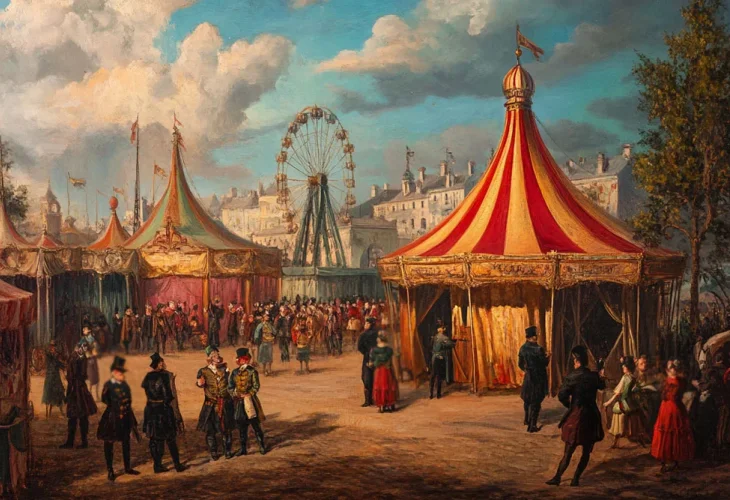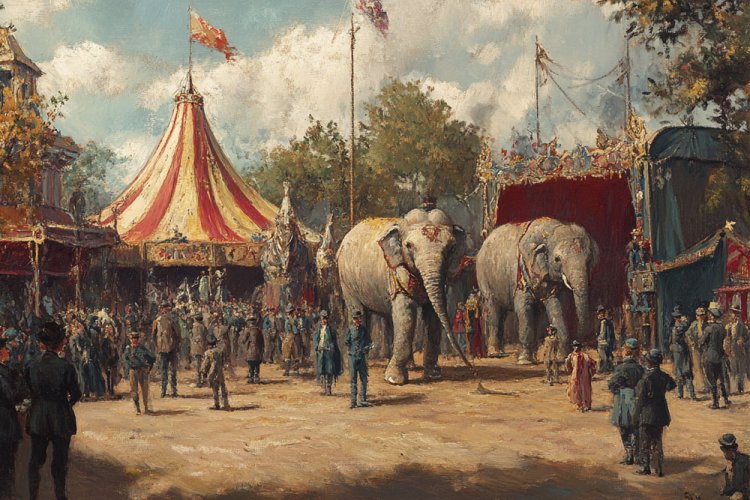From the Fairground to the Nursery: Michael Coney's Life-Saving Innovation
A century ago, the outlook for premature babies was bleak. Considered lost causes, no efforts were made to save them. Enter Michael Coney, a Jewish man who turned this perception on its head.

Today, the birth of a premature baby is not a tragedy. Although their care is complex and they often spend weeks in neonatal units, the vast majority grow into healthy children. A century ago, however, preemies were written off as tragic losses, with little effort made to treat them. This longstanding mindset was transformed thanks to a Jewish man named Michael Coney, originally Michael Cohen from the town of Krotoszyn in Poland. Cohen was born in 1869 when Krotoszyn was part of the Prussian Empire, making him a German national. At 19, he immigrated to the United States, and while he styled himself as Dr. Michael Coney, records today suggest he wasn't actually a doctor.
Coney Island, a peninsula in northern Manhattan, New York, is fondly remembered by many for its giant amusement park, beaches, and entertainment spots. Back then, the area was still known by its original Native American name, "Lunna."

In the 19th century, amusement parks featured exhibitions far beyond the Ferris wheels we know today. There, you might encounter dwarfs, disabled individuals, animals with two heads, and other peculiar phenomena. Michael Coney decided to promote an exhibition of premature babies. Wouldn't it be intriguing to see a baby the size of a sugar packet, weighing just one kilogram? He initially tried his luck with hospitals in Europe to participate in this unusual exhibit, but they declined.
Coney was driven not just by curiosity but by innovation. After observing an incubator used for chick eggs, which applied artificial warmth to "incubate" the eggs, he thought, "Why not create a similar incubator for human infants?" While many mocked him, including actual doctors, Coney persisted, debuting his "Infantorium"—dubbed the "baby incubator" in the press. What began as a sideshow became a permanent fixture at Coney Island.

Coney's incubator was a steel box, with heated water pipes running beneath it, maintaining a constant temperature. Air entered through cotton saturated with a disinfectant, purifying it of infections and diseases. Nurses would feed the infants milk with small spoons during their stay. The monthly care cost was $15, but parents didn't pay as admission fees covered the expenses.
While others attempted to copy this exhibit in other amusement parks, lacking the expertise, the infants didn't survive. Medical journals criticized Coney as an immoral opportunist. He was a controversial figure, and in 1911, a fire at Coney Island's amusement park put the infants at risk. They were rescued, but Coney's reputation suffered. Only in 1933 did prominent physicians acknowledge his life-saving methods and advocate for transitioning care for preemies out of amusement parks into standalone institutions. Throughout its operation, the institution saw about 6,500 preemies grow into healthy children.
Doctors flocked to learn from Coney's institution, replicating and improving methods in clinics and hospitals. By 1943, the first neonatal unit opened at Cornell Hospital, New York, and Coney closed his storied establishment, declaring his mission accomplished. Today, neonatal care units are integral to hospitals worldwide. Michael Cohen, known as Coney, passed away in 1950, lauded as the father of preemie care and credited with saving countless lives.

